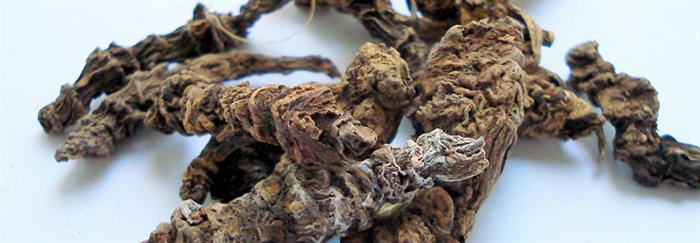You’ve
stepped on it, ignored it, and tried to eradicate it from your lawn.
However, this innocuous little weed is one of the most useful medicines
on the planet, just begging to be harvested.
Plantain
has often been the go-to remedy for hikers plagued by mosquitos.
Because it draws toxins from the body with its astringent nature,
plantain may be crushed (or chewed) and placed as a poultice directly
over the site of bee stings, bug bites, acne, slivers, glass splinters,
or rashes. Bandage the area and allow the plantain to work its magic for
4-12 hours. Plantain may also be used to create a balm for emergency
kits, or an infusion used as a skin or general wash. It is also a
notable, soothing remedy for hemorrhoids.
There are two major
types of plantain in BC, Canada: Lance and Broadleaf. Generally, all
200-plus varieties of plantain yield the same results. It grows
especially well in poor, rocky soil (such as driveways) and is often
seen alongside dandelion. More often than not, you will see plantain
growing in gravel pits and construction sites as nature seeks to
regenerate the soil. Introduced to North America in the 1600s, it was
once called “White Man’s Foot” by the Native Americans who witnessed
that where the Europeans tread and disrupted the soil, plantain sprung
up.
Plantain
is renowned for its healing effect on the digestive system. This is
especially useful for anyone who has been damaged by antibiotics,
anti-inflammatory or pain medications, food allergies, or Celiac
disease. Both leaves and seeds specifically target the digestive system
for healing. The leaves may be steeped as tea, added to soups, or dried
with a sauce similar to kale chips. The seeds – a type of psyllium – can
be ground or soaked for bulk mucilage or absorbable fibre, which,
consumed before meals, may help with weight loss.
Because plantain is a gentle expectorant and high in silica, an infusion can be helpful for lung problems, coughs, and colds.
Plantain
is almost a panacea for the human body, treating everything from all
menstrual difficulties, all digestive issues, to nearly all skin
complaints, and even arthritis. Add to salads, chew to ease thirst, or
enjoy in stir fries. This versatile wild vegetable will keep you in good
health for years to come!










